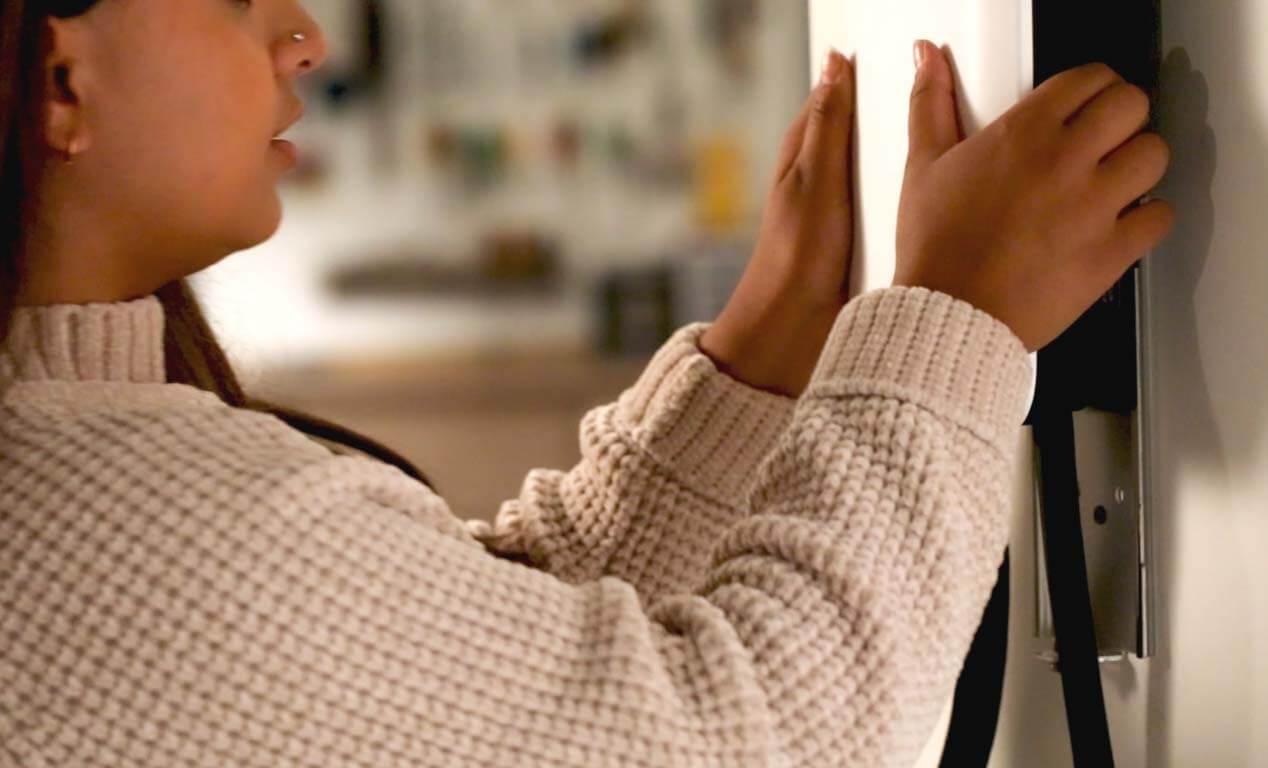Driving an electric vehicle (EV) is only as convenient as the charging solutions available to you. Though EVs are growing in popularity, many geographic areas still lack enough public places to charge, which presents many would-be EV owners with challenges.
One of the best ways to not be tethered to or reliant on public charging solutions is to install a Level 2 EV charging station at home. Thankfully, learning how to install an electric vehicle charging station and actually doing it is often simpler than many people think.
Can I install my own EV charging station?
Yes, in many cases you can easily install your own Level 2 EV charging station at home. Depending on the EvoCharge Level 2 charger you purchase, and your home’s existing electrical wiring, installation to use your EV charging station may be as simple as plugging in and immediately charging or there may be additional steps you need to take.
To install your own Level 2 charger at home, determining which is the best option for your residence depends on how your charger will be used. EvoCharge offers the EVSE and iEVSE Home Level 2 charging options for home use. They each charge up to 8x faster than standard Level 1 systems that come with the purchase of an EV and they are compatible with all electric vehicles and plug-in (PHEV) hybrids.
If you need help choosing the best station for your needs, our Charging Station Builder helps determine which solution is best for your home.
How to Install a Car Charging Station at Home
Are you ready to install a Level 2 charger at home? Follow the checklist and section below to find out. Reference this video for further home installation details.
- Required electrical outlet
- Correct plug type
- Correct amperage setting
- Distance from charger to car port cable length
The Level 2 EVSE plugs into a 240v outlet with a NEMA 6-50 plug, a three-prong outlet which many garages already have. If you already have a 240v outlet, you can immediately use an EvoCharge EVSE charger — which is non-networked with no activation required — as the unit pulls electricity like any other appliances in your home.
The iEVSE Home can also be plugged into a 240v outlet but they require a bit more setup as they work using the iEVSE Home app, making it easy to connect to your Wi-Fi network to schedule charging, track usage and more. There is a bonus despite having additional setup work, as the iEVSE Home allows you to better control your charging to lower utility rates, which may enable you to qualify for incentives with your utility company.
If you do not have an existing 240v outlet where you want to plug-in and charge your EV, EvoCharge recommends you hire an electrician to install a 240v outlet or hardwire the unit when installing your Level 2 charger at home. All EvoCharge units come with an 18- or 25-foot charging cable for ultimate flexibility in the location of your charging station to the electric vehicle. Additional cable management accessories, like the EV Cable Retractor, provide further customization and convenience to maximize your home charging experience.
Identifying the Best Level 2 Electric Vehicle Charger to Install at Home
Purchasing the EVSE or iEVSE Home comes with the necessary hardware to mount and install your new Level 2 charger inside your garage or outside of your home. Getting an additional mounting plate makes it convenient if you want to take your charging station with you to a second home or cabin that is also set up for 240v connectivity.
Our EV home charging stations are small in size, and feature fast, safe and efficient charging. They are a cost-effective and convenient option for keeping your EV powered. We offer non-networked charging solutions in addition to Wi-Fi-enabled chargers that are simple to use. Reference our easy-to-use Charging Station Builder and EV Charging Time tools to help determine the best charging solution to fit your needs as you decide how to go about installing a car charging station at home.
If you have questions or would like additional information about how to install an electric vehicle charging station in your home, visit our FAQ page or contact us.



